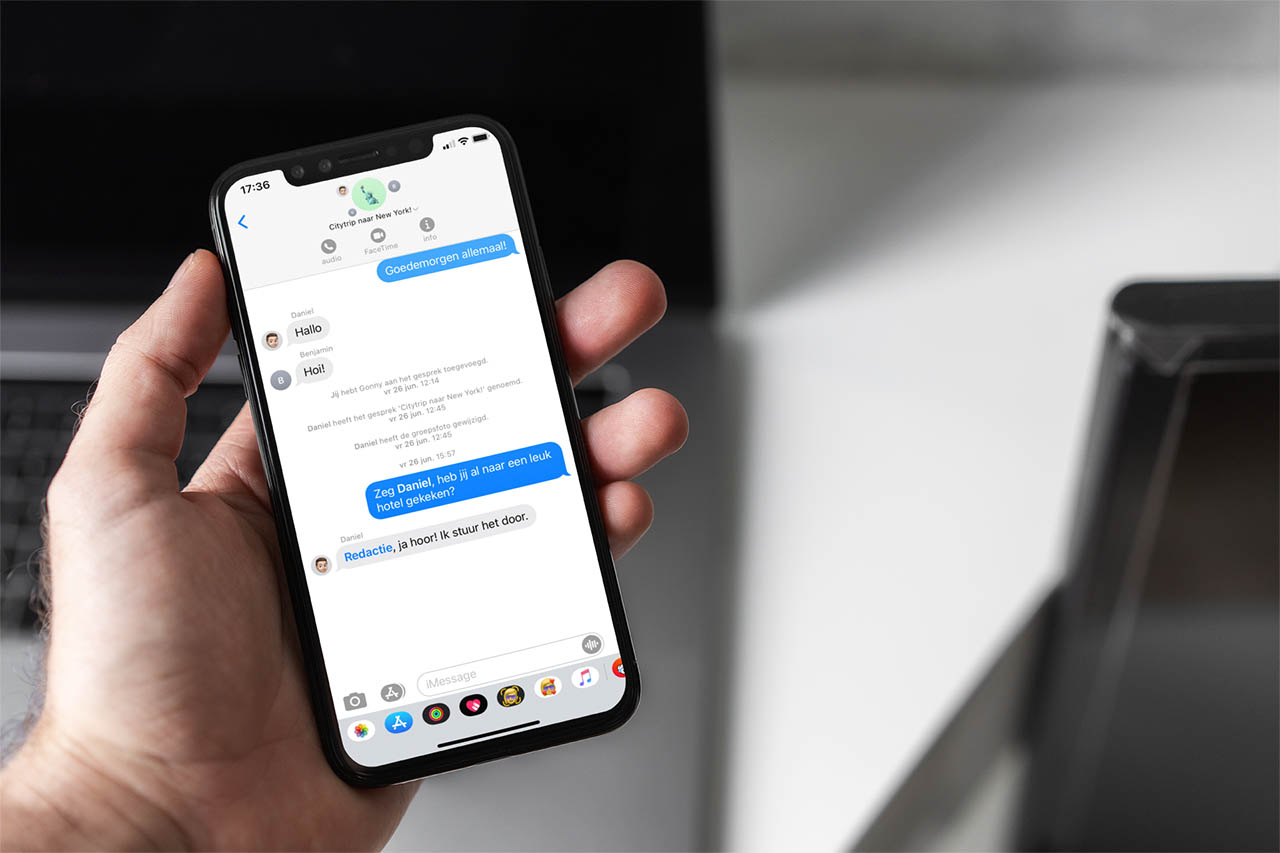Windows updates causing problems are nothing new. Microsoft’s operating system has accustomed us to giving us unpleasant surprises and some of these updates suffer bugs that last for days or even weeks. Now, finally, a solution has been published for one of these problematic updates.
The Windows incident we are talking about today is the one related to the KB5040427 update, which was aimed at both Windows 10 and Windows 11. Some users, when they installed it, started complaining about how their computers entered an endless cycle of reboots with a blue screen. Luckily, there is already a solution on the table.
What exactly happened?
The KB5040427 patch arrived at the beginning of July with the intention of solving serious problems, especially in Windows 10, an operating system that is still used by thousands of users today. At the time, specialists made it clear that it was advisable to do this installation, since it involved eliminating several vulnerabilities that put computers at risk. The problem is that the patch itself, although it did solve these vulnerabilities, put computers in another equally negative situation.

Although this has not happened to all users, there are several testimonies that corroborate this. One of them mentions that, after having installed this update, the computer keeps restarting and encountering blue screens. They mention that it restarts in a way that, with the appearance of the blue screen, gives the impression that a factory reset has been performed. In addition, each time it restarts, it makes users select a drive. And no matter how many different options they have tried, there does not seem to be anything that solves the problem.
What solution to apply?
While the most frequent testimonies were initially from users with Windows 10, over time cases of people who are encountering the same problem in Windows 11 have also been added. In the end, it has been concluded that a large number of versions of both Windows 11 and Windows 10 and Windows Server are affected to a greater or lesser extent. In the case of Windows 11, the problem has been detected in both version 21H2 and 22H2 and 23H2, while in Windows 10 it occurs in 21H2 and 22H2. The affected versions of Windows Server range from 2008 to 2022, so this is not exactly an isolated failure.
However, as we mentioned, there is a solution that you can put into practice until Microsoft releases another patch that prevents this problem from happening again. According to Microsoft, the problem only occurs if your computer has BitLocker encryption enabled. If you don’t have it enabled, you won’t have to worry about it happening again.

If you had it enabled and your computer is already in the reboot cycle, what you will have to do is enter the recovery key and restart the computer with the BitLocker recovery screen. Doing this will prevent the problem from occurring again. If you don’t know how to get the recovery key, we will tell you that you will only have to log in to the BitLocker recovery portal with the user data of your Microsoft account, so it shouldn’t be a big problem.
In parallel, experts indicate that the Windows update KB5040525 is also causing problems for users, specifically those running Windows 10. As it is an optional patch, it would be best not to install it at this time, at least until everything is resolved. We must not forget that Microsoft is still working on polishing Windows, so it will probably not take long for us to see new updates to the operating system.















